Image of 1933 Auburn Model 12-161a, sourced from www.alamy.com , Image Link.
Performance Metrics
Fundamental Metrics
Emotional Appeal
MMP Rating
| Engine Specifications | |
|---|---|
| Engine: | Lycoming V12 |
| Displacement: | 391 cubic inches (6.4 liters) |
| Horsepower: | 160 HP |
| Torque: | Not available |
| Compression Ratio: | Not available |
| Ignition System: | Battery and coil |
| Cooling System: | Liquid-cooled |
| Performance Specifications | |
| 0-60 Time: | Not available |
| 1/4 Mile Time: | Not available |
| Top Speed: | 100 mph |
| Transmission and Drive | |
| Drive Type: | Rear-wheel drive |
| Transmission Type: | 3-speed manual |
| Fuel and Efficiency | |
| Fuel System Type: | Carburetor |
| MPG: | Not available |
| Dimensions and Brakes | |
| Brakes: | 4-wheel hydraulic drum brakes |
| Wheelbase: | 133 inches |
| Weight: | 4,500 lbs |
Note: Specifications for classic cars are given to the best of our ability, considering the limited and variant data available.
A Glimpse into Automotive Elegance: The 1933 Auburn Model 12-161A
The year 1933 marked a remarkable milestone in the annals of automotive history with the introduction of the Auburn Model 12-161A, a car that encapsulated luxury and performance in an era where both were commodities for the privileged few. Crafted by the esteemed Auburn Automobile Company, this vehicle emerged during a tumultuous period of economic uncertainty, yet it managed to carve out a legacy of innovation and style. A testament to its grandeur, one of the Model 12-161A's was once owned by legendary actor and car enthusiast James Cagney, adding a touch of Hollywood glamour to its storied existence.
Design and Innovation
The Auburn Model 12-161A's exterior was a symphony of art deco styling and bold lines that commanded attention on every boulevard and avenue. Its sweeping fenders and a signature grille that seemed to smirk with aristocratic flair were just the beginning. Inside, passengers were enveloped in an opulent cabin featuring sumptuous materials such as fine leathers and polished wood accents. For its time, the car boasted technological marvels like a Startix automatic starting system and Bijur chassis lubrication, which were cutting-edge features designed to enhance the driving experience. Color options ranged from deep, rich hues to vibrant tones, with choices like Cigarette Cream and Kewanee Green being among the favorites. The most iconic body style was arguably the Boattail Speedster, a design so evocative it remains emblematic of classic American automobiles.
Historical Significance
The Auburn Model 12-161A's impact on automotive design was profound. It introduced styling cues and engineering feats that would influence generations of vehicles. What truly set this car apart was its commitment to affordable luxury; it provided an experience typically reserved for cars twice its price. This democratization of elegance allowed a wider audience to indulge in a premium automotive experience, setting a precedent for future manufacturers.
Performance and Handling
Underneath its sculpted hood lay a robust V12 engine that propelled the Auburn to impressive speeds for its time, with top speeds reaching around 100 mph—a remarkable feat in the early '30s. The acceleration from 0-60 mph was achieved with grace rather than brute force, reflecting the car's genteel nature. On the road, it handled with poise and dignity; drivers reported a smooth ride even when navigating less forgiving terrains. The harmonious roar of its engine was music to any auto enthusiast's ears, while the precise feedback through the steering wheel made for an engaging driving experience.
Ownership Experience
The Auburn Model 12-161A served various roles from being a stately daily driver to gracing the lawns at prestigious concours events. Maintenance required a dedicated custodian familiar with pre-war technology, but its robust construction meant reliability wasn't just wishful thinking. While not as simple as modern vehicles to repair, there existed a camaraderie among Auburn owners that often led to shared knowledge and parts.
Fun Facts
This classic has been associated with numerous interesting tidbits over time. For instance, some models featured a Columbia dual-ratio rear axle which allowed drivers to switch between gear ratios on the fly—a rare innovation at that time. Although not known for breaking speed records, its sales figures during challenging economic times were impressive enough to make history. Criticisms were few but often pointed towards its relatively high cost during an era when money was scarce.
Collector's Information
Today, an original 1933 Auburn Model 12-161A can fetch anywhere from mid-six figures up into the seven-figure range at auction depending on provenance, condition, and originality—testament to its desirability among collectors. With estimates suggesting that fewer than 100 units were produced, rarity is guaranteed. As for appreciation value, these cars have consistently seen an upward trajectory in price over time due to their limited numbers and significant place in automotive history.
Conclusion
The 1933 Auburn Model 12-161A stands as an enduring icon of pre-war American luxury automobiles—an exquisite blend of style, performance, and innovation that continues to captivate classic car enthusiasts around the globe. Its legacy is not merely etched in chrome and steel but in the very fabric of automotive culture—a narrative of elegance against all odds.
1933 Auburn Model 12-161a Catalog of Parts
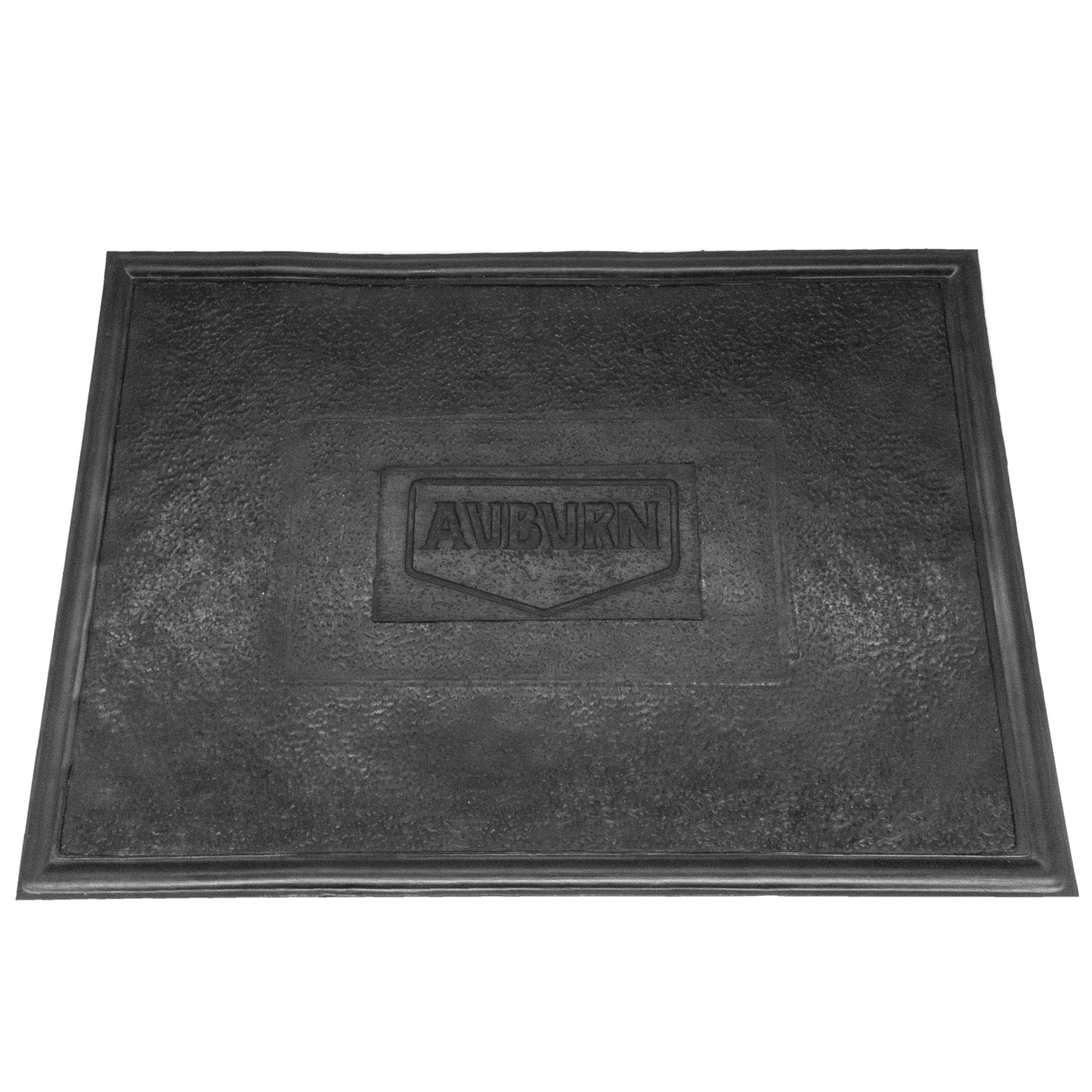 1933 Auburn Model 12-161A Accessory Floor Mat - 12"X17"-AC 14Accessory Floor Mat - made of high quality black rubber with molded original emblem. Also designed to be sewn into new carpets. 12"X17", Each
1933 Auburn Model 12-161A Accessory Floor Mat - 12"X17"-AC 14Accessory Floor Mat - made of high quality black rubber with molded original emblem. Also designed to be sewn into new carpets. 12"X17", Each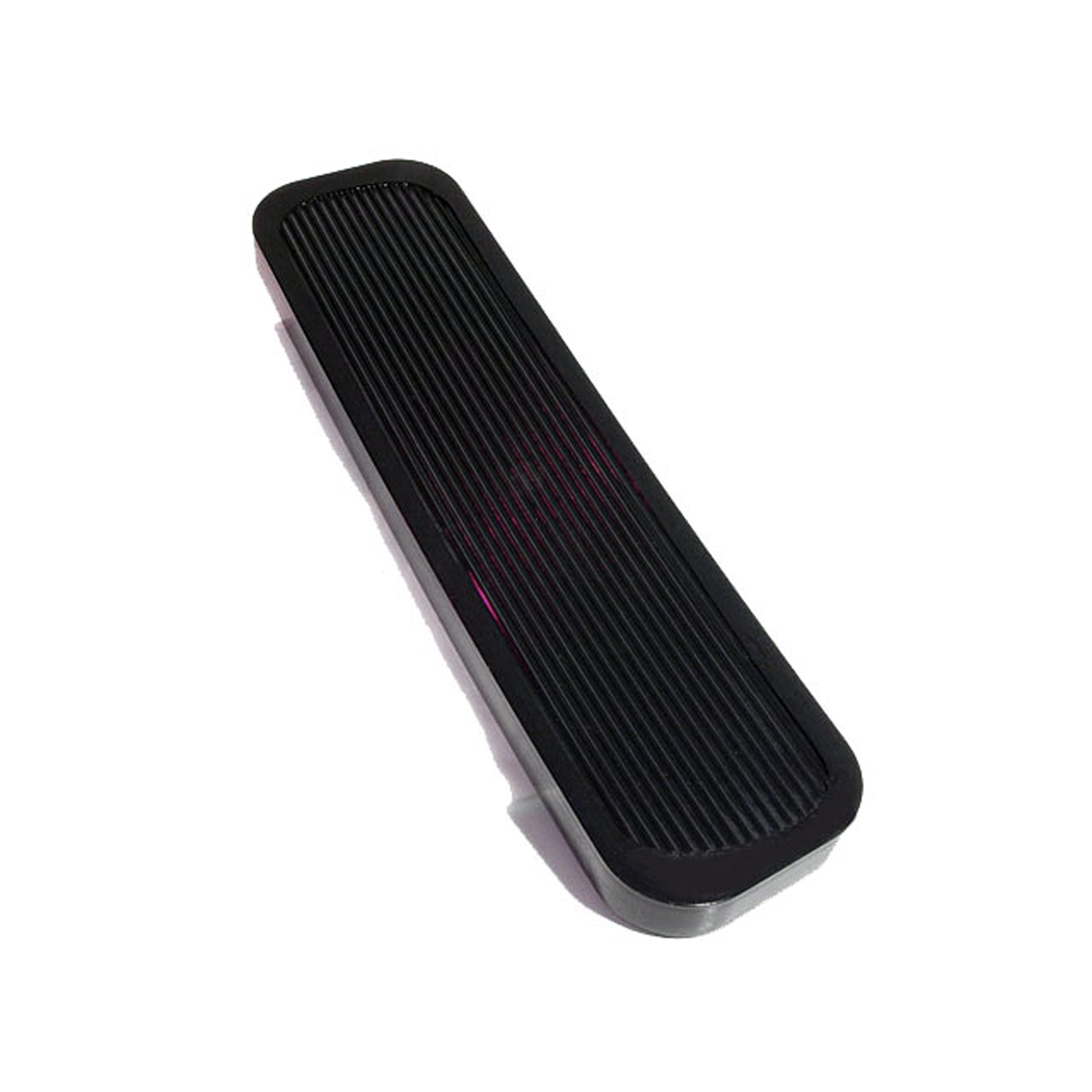 1933 Auburn Model 12-161A Accelerator Pedal Pad, 2-3/8" X 9-1/4", Each-AP 24Accelerator Pedal Pad, 2-3/8" X 9-1/4", Each
1933 Auburn Model 12-161A Accelerator Pedal Pad, 2-3/8" X 9-1/4", Each-AP 24Accelerator Pedal Pad, 2-3/8" X 9-1/4", Each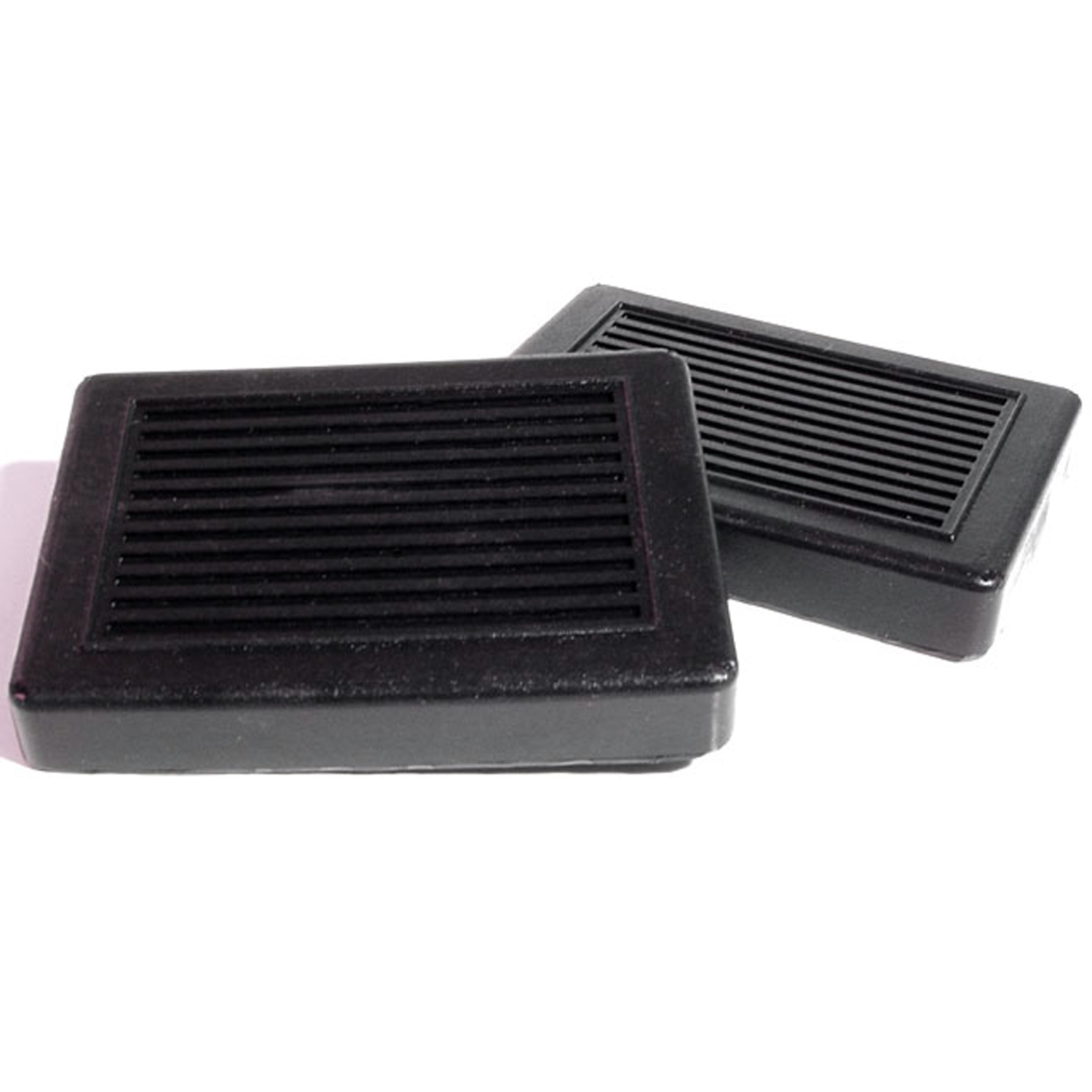 1933 Auburn Model 12-161A Clutch and Brake Pedal Pads. 3" wide X 3-7/8" long. Pair-CB 21Clutch and Brake Pedal Pads. 3" wide X 3-7/8" long. Pair
1933 Auburn Model 12-161A Clutch and Brake Pedal Pads. 3" wide X 3-7/8" long. Pair-CB 21Clutch and Brake Pedal Pads. 3" wide X 3-7/8" long. Pair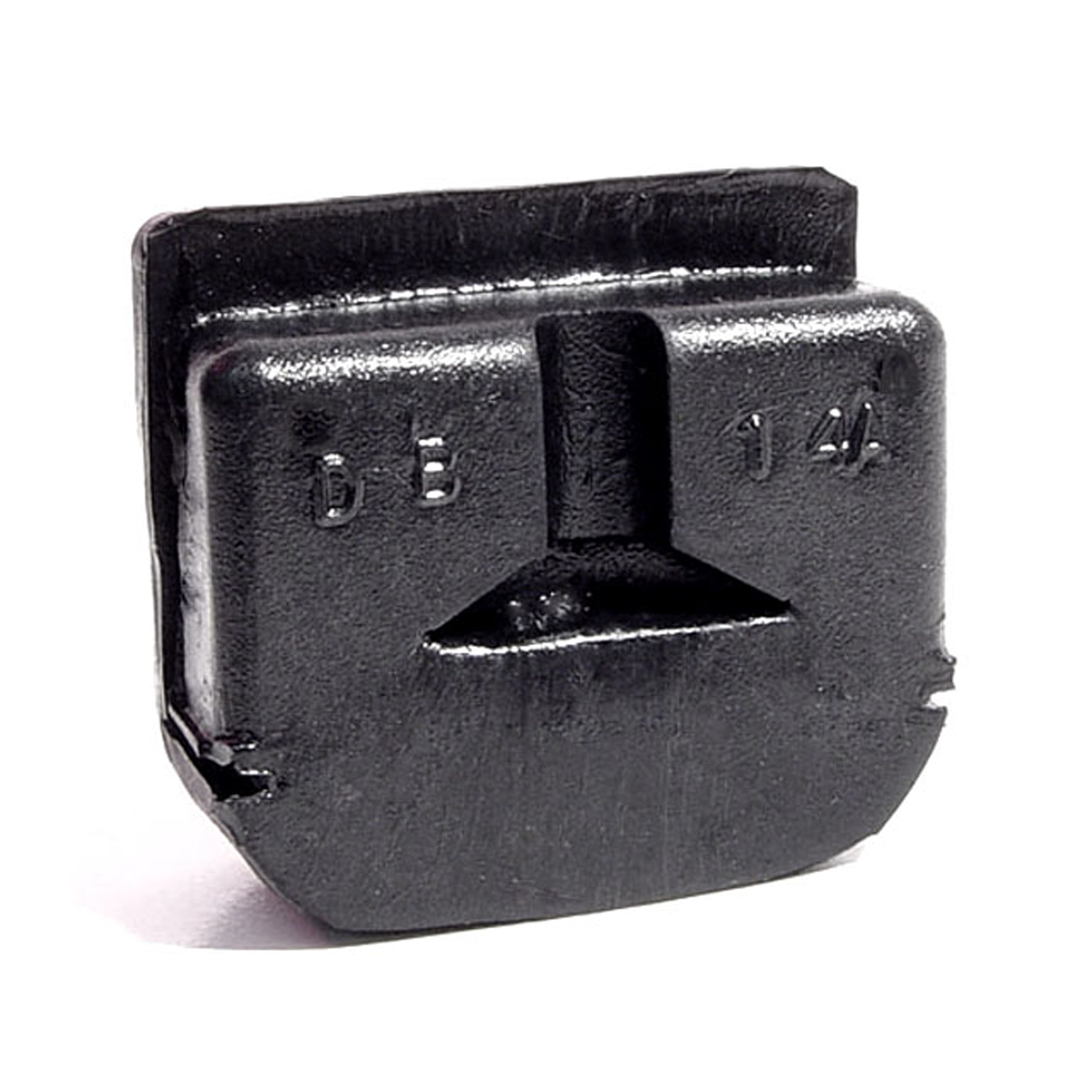 1933 Auburn Model 12-161A Door Bumper. Exact reproduction-DB 14-ADoor Bumper. Exact reproduction. 1-3/16" high X 1-9/16" wide X 9/16" thick. Each
1933 Auburn Model 12-161A Door Bumper. Exact reproduction-DB 14-ADoor Bumper. Exact reproduction. 1-3/16" high X 1-9/16" wide X 9/16" thick. Each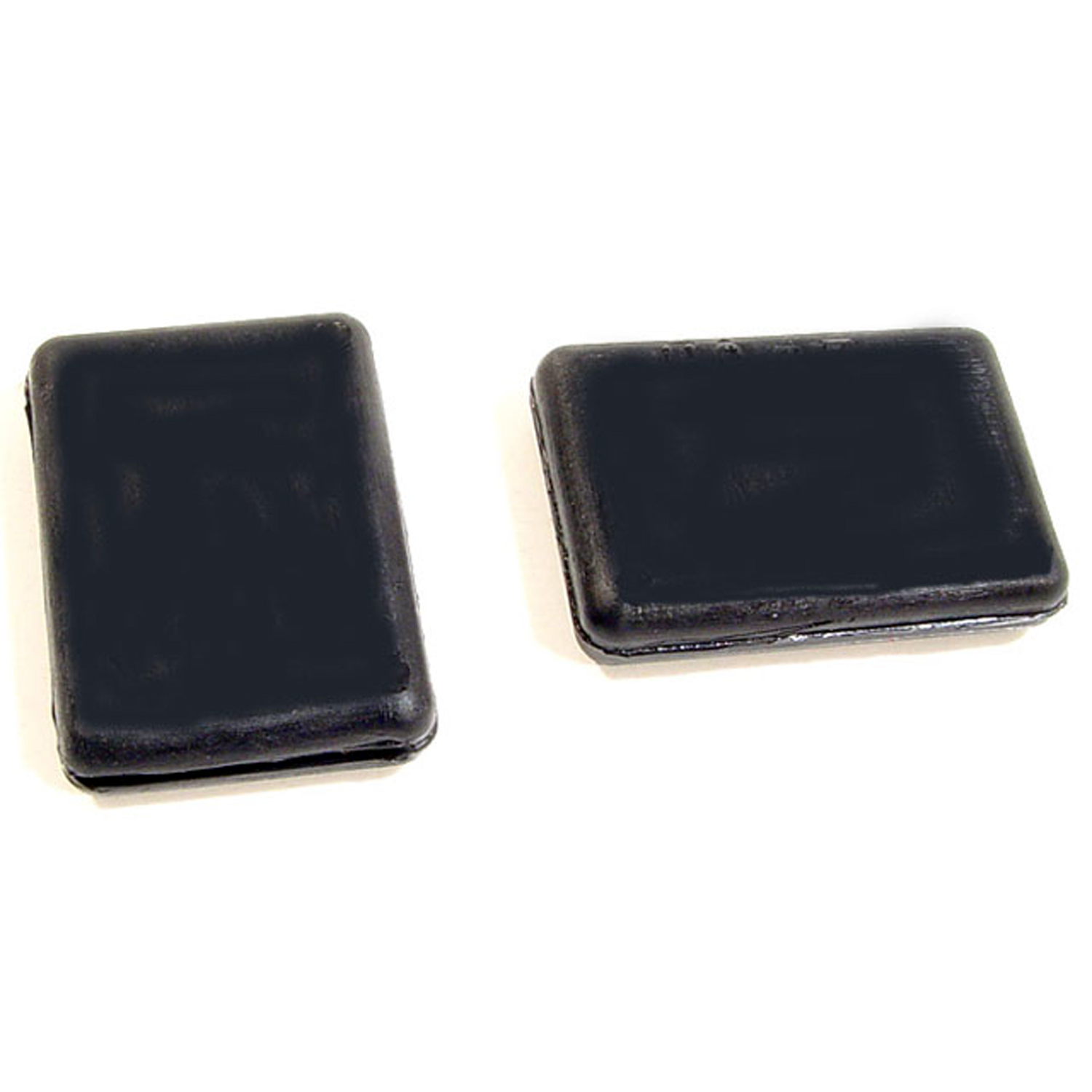 1933 Auburn Model 12-161A Hood Corners. Made of all rubber. No cut-away on back side-HC 27Hood Corners. Made of all rubber. No cut-away on back side. 7/8" X 1-1/4". Pair
1933 Auburn Model 12-161A Hood Corners. Made of all rubber. No cut-away on back side-HC 27Hood Corners. Made of all rubber. No cut-away on back side. 7/8" X 1-1/4". Pair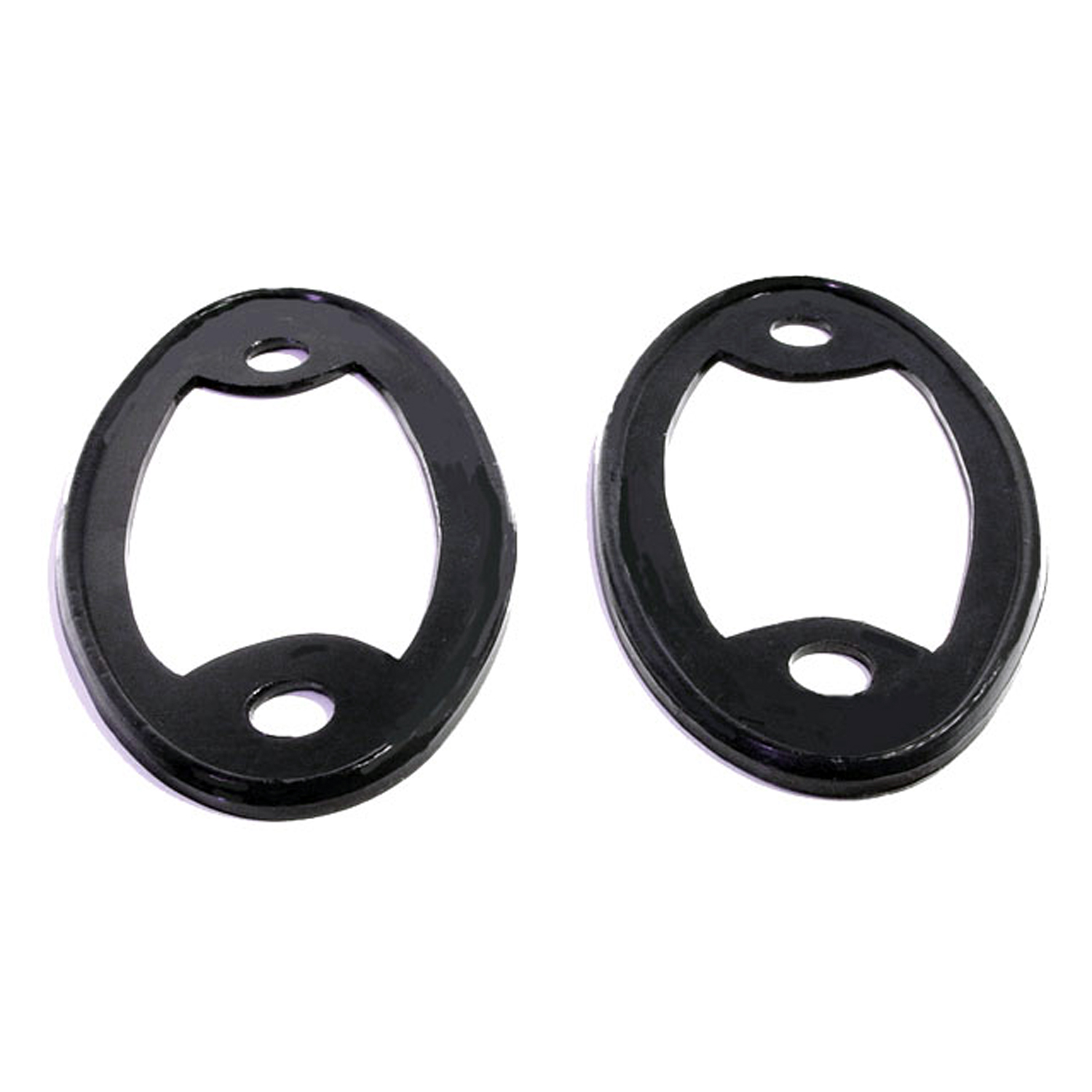 1933 Auburn Model 12-161A Headlight Pads. 2-5/8" wide X 5-1/4" long. Pair-MP 102Headlight Pads. 2-5/8" wide X 5-1/4" long. Pair
1933 Auburn Model 12-161A Headlight Pads. 2-5/8" wide X 5-1/4" long. Pair-MP 102Headlight Pads. 2-5/8" wide X 5-1/4" long. Pair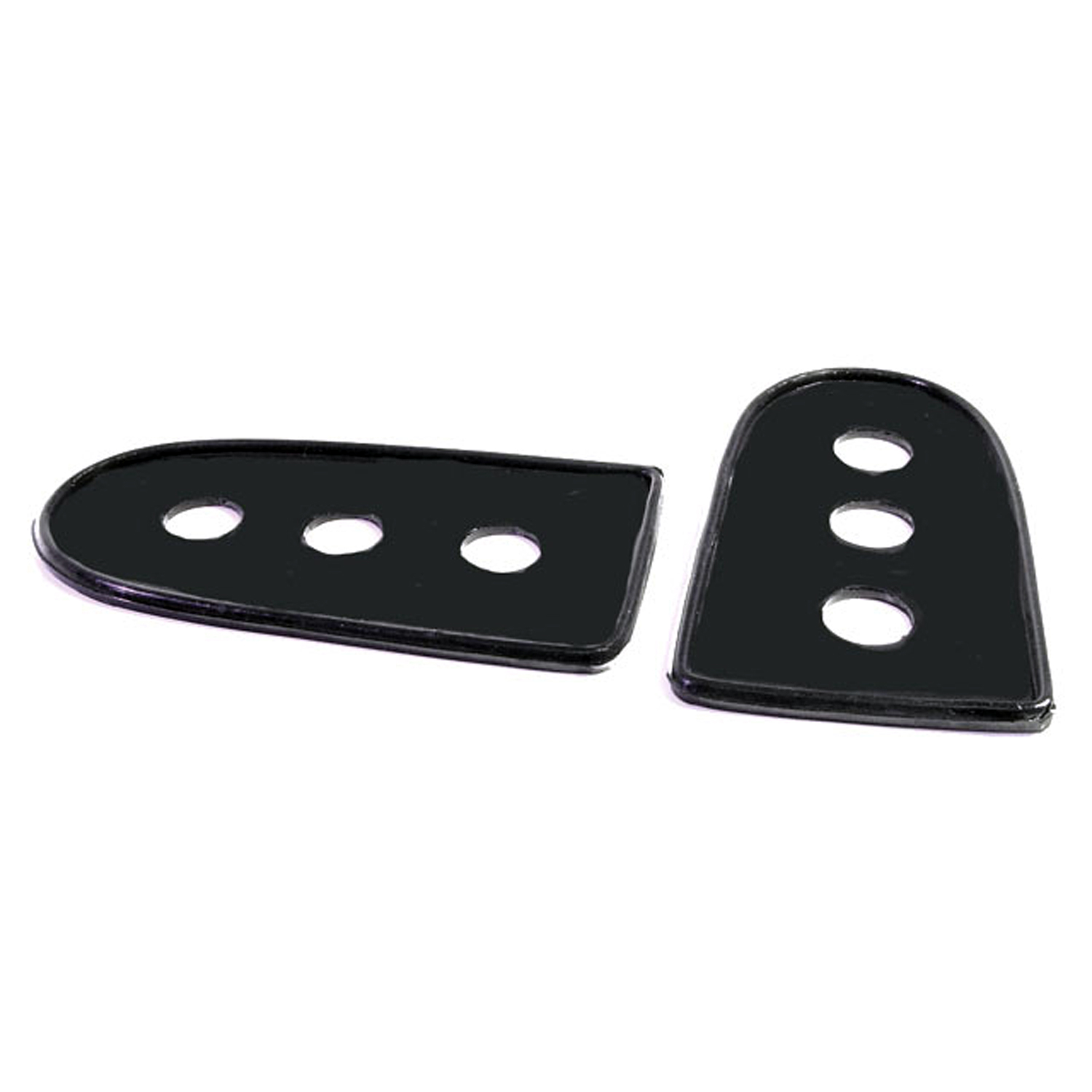 1933 Auburn Model 12-161A Tail-light Pads. 2-1/4" wide X 4" long. Pair-MP 103Tail-light Pads. 2-1/4" wide X 4" long. Pair
1933 Auburn Model 12-161A Tail-light Pads. 2-1/4" wide X 4" long. Pair-MP 103Tail-light Pads. 2-1/4" wide X 4" long. Pair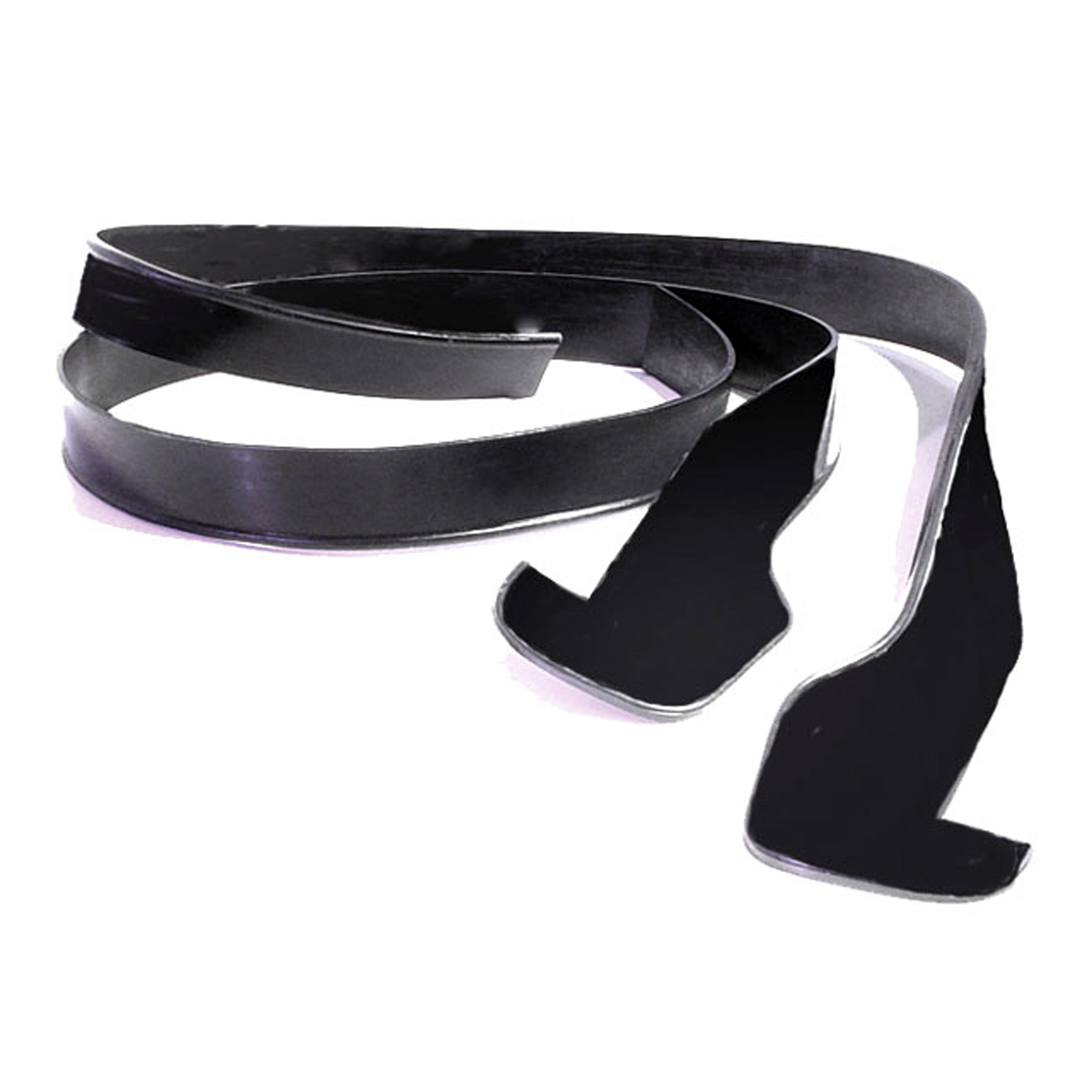 1933 Auburn Model 12-161A Windshield Base Pad. Made in two pieces-MP 106Windshield Base Pad. Made in two pieces. 1-7/8" wide at end X 3' 9-1/2" long. Each
1933 Auburn Model 12-161A Windshield Base Pad. Made in two pieces-MP 106Windshield Base Pad. Made in two pieces. 1-7/8" wide at end X 3' 9-1/2" long. EachWhy Choose Metro?
For over 100 years, Metro Moulded Parts has been the pinnacle of quality in classic car restoration parts. Our commitment to precision and authenticity in every component ensures a perfect fit and an OEM-level appearance.
- Expert Craftsmanship & Quality: Each part is a testament to our dedication to reliability and perfection, crafted from original designs and thoroughly tested.
- Advanced Technology: We use cutting-edge techniques to create flawless, long-lasting parts that surpass others in performance.
- SuperSoft Sponge – The Ultimate Door Seal: Not only are our door seals 30% softer than competitors', but they're also guaranteed to never leak. They effectively reduce wind and road noise, enhancing your classic car's comfort and driving experience.
- Proudly American: Our parts are a product of American craftsmanship, made in the USA with a spirit of excellence and heritage.
- Unrivaled Warranty: We back our products with a 30-year industry-leading warranty, a testament to our confidence in their quality.
Join us in preserving the legacy of classic cars with parts that are crafted for perfection, not just made.

